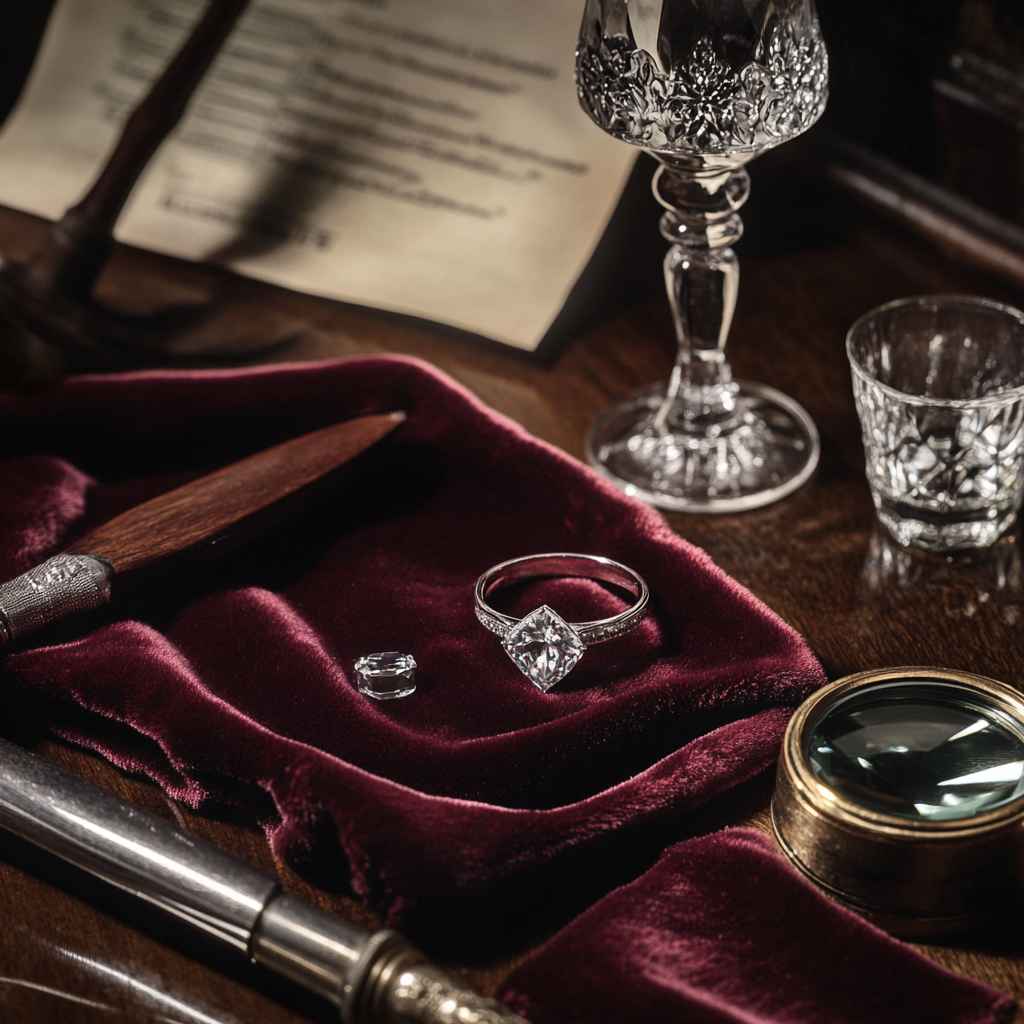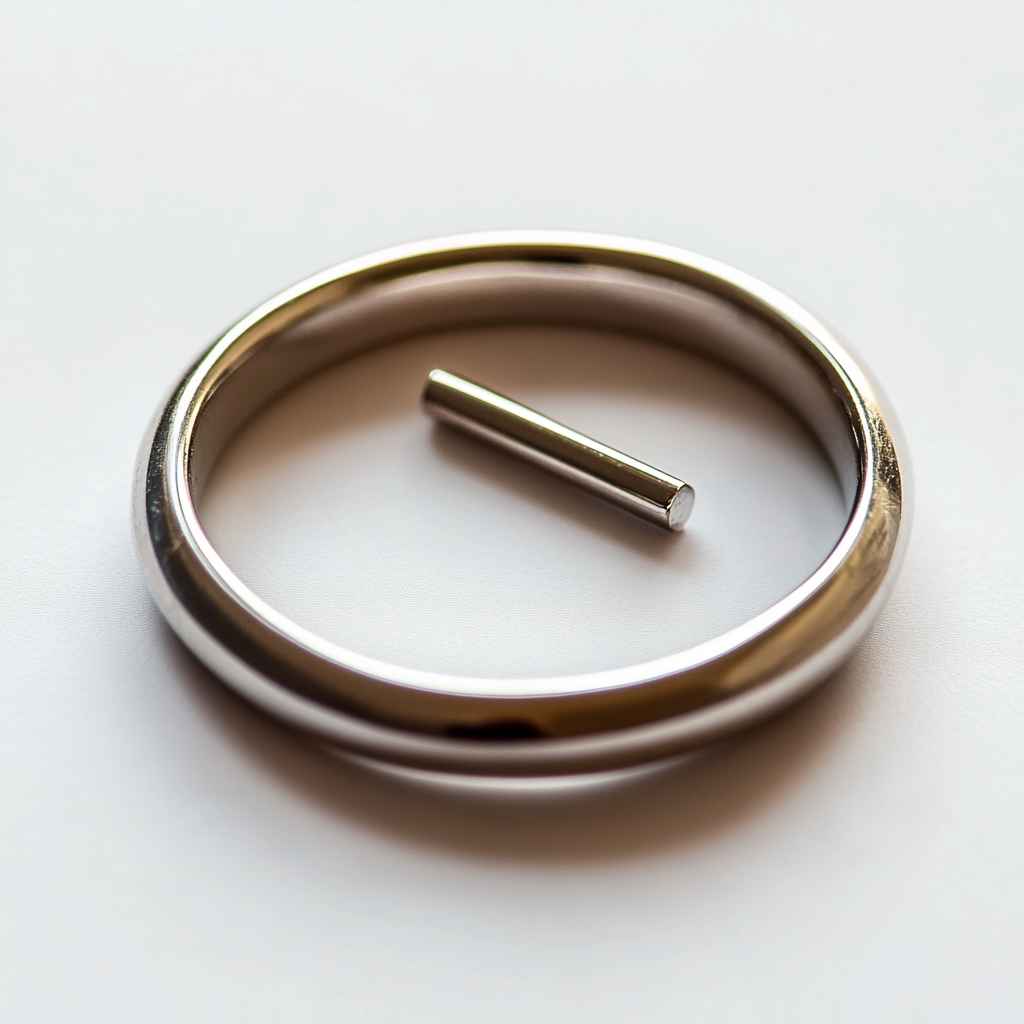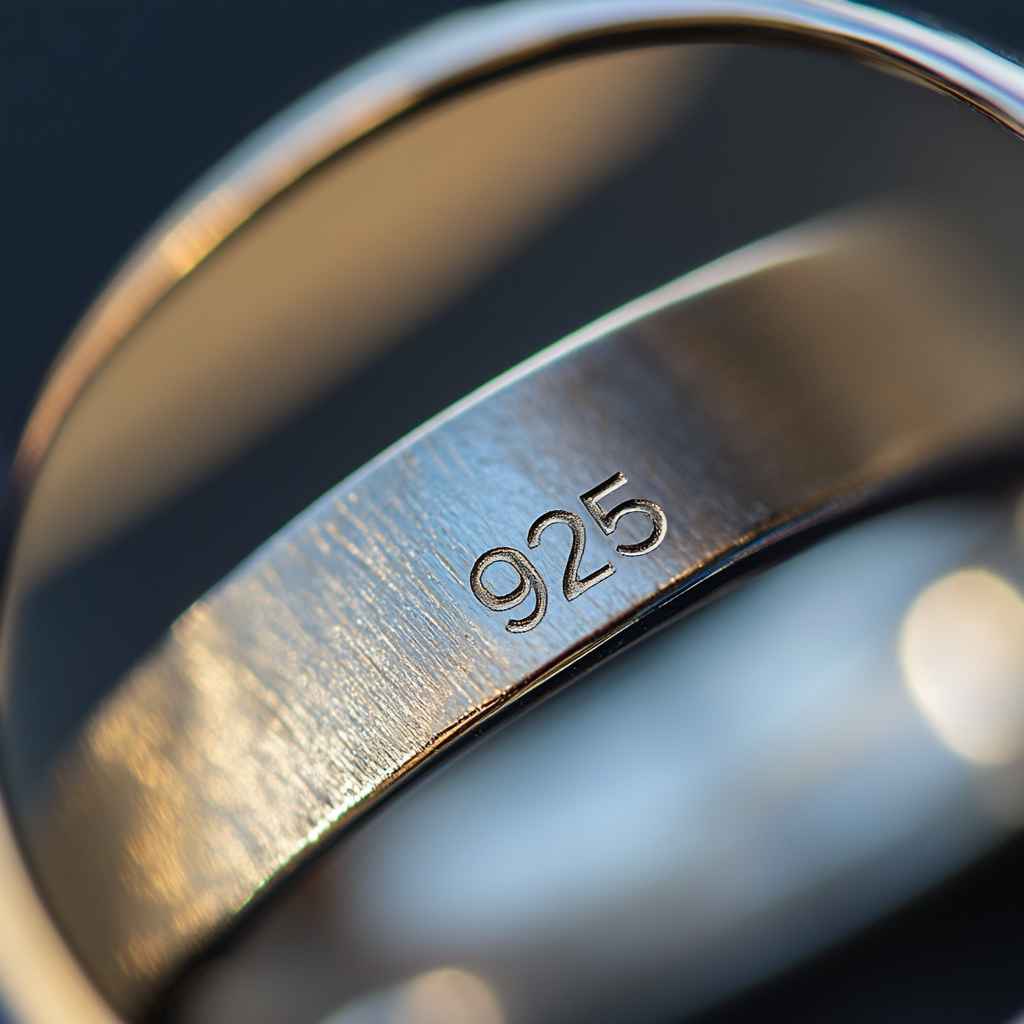Owning a ring made from precious materials like gold, silver, platinum, or adorned with gemstones, is a joy.
But how can you be sure it’s authentic? Whether it’s a family heirloom or a new purchase, determining a ring’s authenticity is important to confirm its value and quality.
Here’s a comprehensive guide to help you figure out if your ring is real.

1. Examine the Hallmark or Stamp
Most genuine rings made of precious metals have a hallmark or stamp indicating their purity. Check the inside of the band for markings like:
- Gold: 10K, 14K, 18K, or 24K (indicating the karat value).
- Silver: 925 (sterling silver) or 800.
- Platinum: PT, PLAT, or a number like 950 (indicating platinum content).
Tip:
If the stamp is missing or illegible, it doesn’t necessarily mean the ring is fake, but further tests are recommended.
2. Perform the Magnet Test

Precious metals like gold, silver, and platinum are non-magnetic. To check if your ring is real, place it near a magnet:
- No reaction: Likely made of genuine precious metal.
- Magnetic pull: The ring might contain other metals or be fake.
Note:
This test is not definitive since some fake rings use non-magnetic base metals.
3. Inspect for Tarnish or Discoloration
Real gold and platinum don’t tarnish or discolor over time. However, some silver may develop a patina, which can be polished away. If your ring shows signs of peeling or changes in color, it might be gold-plated or made of a non-precious metal.
4. Test the Gemstones
If your ring features gemstones like diamonds, sapphires, or emeralds, you can perform a few simple checks to assess their authenticity:
- Fog Test for Diamonds: Breathe on the stone. If it clears instantly, it’s likely a real diamond. If it fogs up for a few seconds, it may be fake.
- Water Test for Buoyancy: Drop the stone in water. Real diamonds and other gemstones usually sink, while fakes may float.
5. Check the Weight
Precious metals like gold and platinum are denser and heavier than fake metals or alloys. Compare the weight of your ring with another ring of a similar size and material to check for discrepancies.
6. Use a Loupe or Magnifying Glass
Inspect your ring closely with a jeweler’s loupe or magnifying glass:
- Genuine Materials: Smooth edges, even settings, and high-quality craftsmanship.
- Fake Rings: Rough finishes, uneven stones, or visible glue.
7. Test with a Jewelry Acid Kit
For a more accurate assessment, use a jewelry acid testing kit. These kits contain solutions for testing gold, silver, or platinum content. Apply a small drop of acid on a discreet part of the ring and observe the reaction:
- No Reaction: Likely real.
- Discoloration or Dissolution: Likely fake.
Caution:
Follow the kit’s instructions carefully to avoid damaging the ring.
